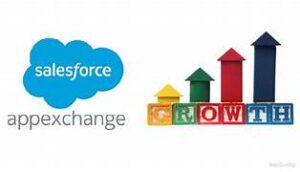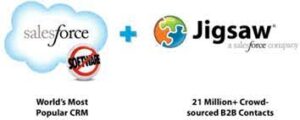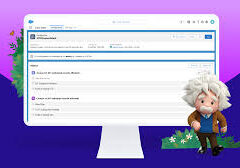Data Lake vs Data Warehouse: Modern Data Architecture Explained
Understanding the Core Differences
Data Lake: The Flexible Data Reservoir
- Purpose: Stores raw, unprocessed data in native formats
- Best for:
- Machine learning & AI development
- Storing diverse data types (logs, images, IoT streams)
- Exploratory analytics by data scientists
- Key Features:
- Schema-on-read flexibility
- Cost-effective cloud object storage
- Supports ELT (Extract-Load-Transform) pipelines
- Ideal for Delta Lake implementations
Data Warehouse: The Structured Analytics Engine
- Purpose: Stores processed, business-ready data
- Best for:
- Business intelligence & reporting
- Operational dashboards
- Structured analytics
- Key Features:
- Schema-on-write reliability
- Optimized SQL query performance
- ETL (Extract-Transform-Load) processing
- Built-in data quality controls
Comparative Analysis
| Feature | Data Lake | Data Warehouse |
|---|---|---|
| Data Format | Raw (structured/unstructured) | Processed & modeled |
| Schema Approach | Applied when reading (flexible) | Defined before loading (rigid) |
| Primary Users | Data engineers/scientists | Business analysts |
| Storage Cost | $0.023/GB (cloud object storage) | $25/TB/month (cloud DW) |
| Query Speed | Slower (minutes-hours) | Faster (seconds-minutes) |
| Best Use Cases | ML training, data exploration | Financial reporting, KPIs |
The Modern Data Stack: Lakehouse Architecture
Why Organizations Need Both
- Raw Data Layer: Data lake for cost-effective storage
- Processed Layer: Data warehouse for business analytics
- Unified Access: Delta Lake bridges both worlds
Delta Lake: The Game Changer
python
Copy
Download
# Example Delta Lake transaction
from delta import DeltaTable
DeltaTable.forPath(spark, "/data/events")
.update("status = 'processed'",
condition = "date > '2023-01-01'")
Key Benefits:
- ACID transactions for reliability
- Time travel (data versioning)
- Schema enforcement
- Merge operations (UPSERT)
Implementation Guide
When to Choose Which Solution
| Scenario | Recommended Approach |
|---|---|
| Storing IoT sensor data | Data Lake + Delta |
| Financial reporting | Cloud Data Warehouse |
| Customer 360 analytics | Lakehouse (both) |
| AI/ML development | Data Lake |
Top Cloud Platforms
- AWS: S3 (Lake) + Redshift (Warehouse)
- Azure: ADLS (Lake) + Synapse (Warehouse)
- GCP: Cloud Storage (Lake) + BigQuery (Warehouse)
Future Trends
- Rising adoption of lakehouse architectures (85% of enterprises plan to implement by 2025 – Gartner)
- SQL analytics on data lakes (Snowflake, BigQuery Omni)
- Automated metadata management (Unity Catalog, Purview)
“The lakehouse paradigm reduces analytics TCO by 40% while delivering warehouse-grade performance”
*- Databricks 2023 Benchmark Report*












